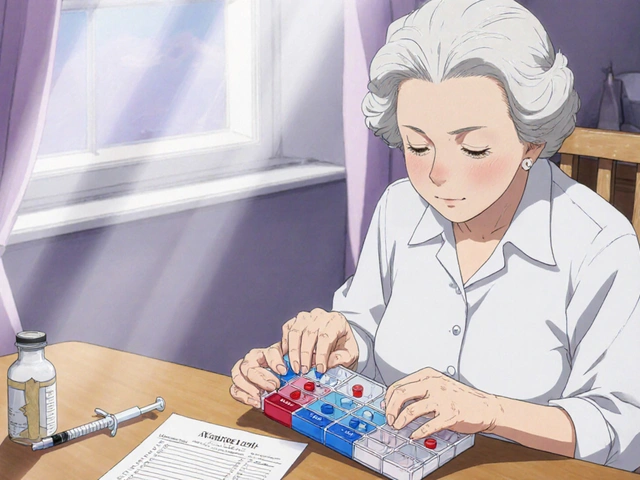Allergy Symptoms – What They Are and How to Handle Them
When dealing with Allergy Symptoms, the physical signs that appear after the immune system reacts to normally harmless substances. Also known as allergic reactions, they can range from mild itching to severe breathing trouble. The trigger Allergens such as pollen, dust mites, pet dander, or certain foods prompts immune cells to release Histaminea chemical that dilates blood vessels and irritates nerves, which in turn initiates an Immune Responsethat manifests as sneezing, watery eyes, hives, or swelling. In short, allergy symptoms encompass itching, swelling, sneezing, and rash; they require histamine release; and allergens trigger the immune response. Recognizing these connections helps you spot the problem early and choose the right relief strategy.
Common Triggers and How to Manage Them
Seasonal pollen is a classic Allergen that floods the air in spring and fall, leading to nasal congestion, itchy throat, and watery eyes. Indoor culprits like dust mites and mold spores often hide in carpets and humid rooms, causing chronic cough and skin eruptions such as hives or eczema flare‑ups. Food allergens—peanuts, shellfish, or dairy—can provoke oral itching, stomach discomfort, or even anaphylaxis, a rapid and dangerous escalation of Allergy Symptoms. When histamine floods the bloodstream, you may feel a tingling prickling sensation on the skin, known as a skin rash, or experience swelling around the lips and eyes. Managing these reactions starts with avoidance: using HEPA filters, washing bedding in hot water, and reading food labels carefully. Over‑the‑counter antihistamines block the histamine receptors, easing sneezing and itching, while nasal corticosteroid sprays reduce inflammation for persistent congestion. For severe cases, a doctor may prescribe an epinephrine auto‑injector to counteract a life‑threatening immune response.
Understanding the chain—from allergen exposure to histamine release and the resulting immune response—gives you a roadmap to control the symptoms that bother you daily. Below you’ll find articles that compare medications, explore specific triggers, and share practical tips for keeping your body calm. Whether you’re looking for the best antihistamine, ways to strengthen your skin barrier, or guidance on safe online pharmacy purchases, the collection ahead covers the full spectrum of allergy‑related concerns.

Food Allergy Guide for Parents: Managing Symptoms, Treatments & Labeling
- Date: 8 Oct 2025
- Categories:
- Author: David Griffiths
A practical guide for parents on spotting food allergy symptoms, creating emergency plans, using epinephrine injectors, reading labels and staying safe.




